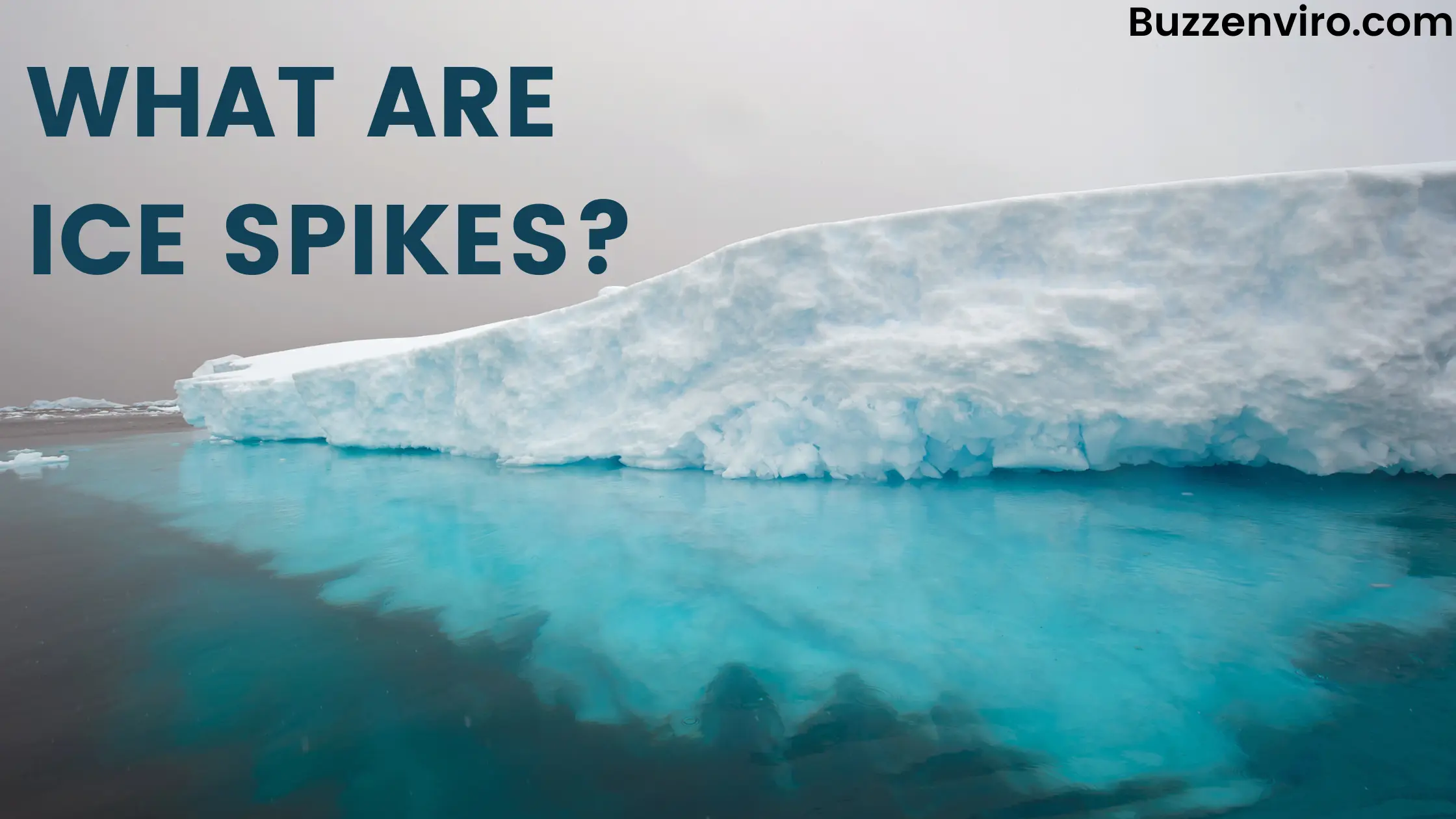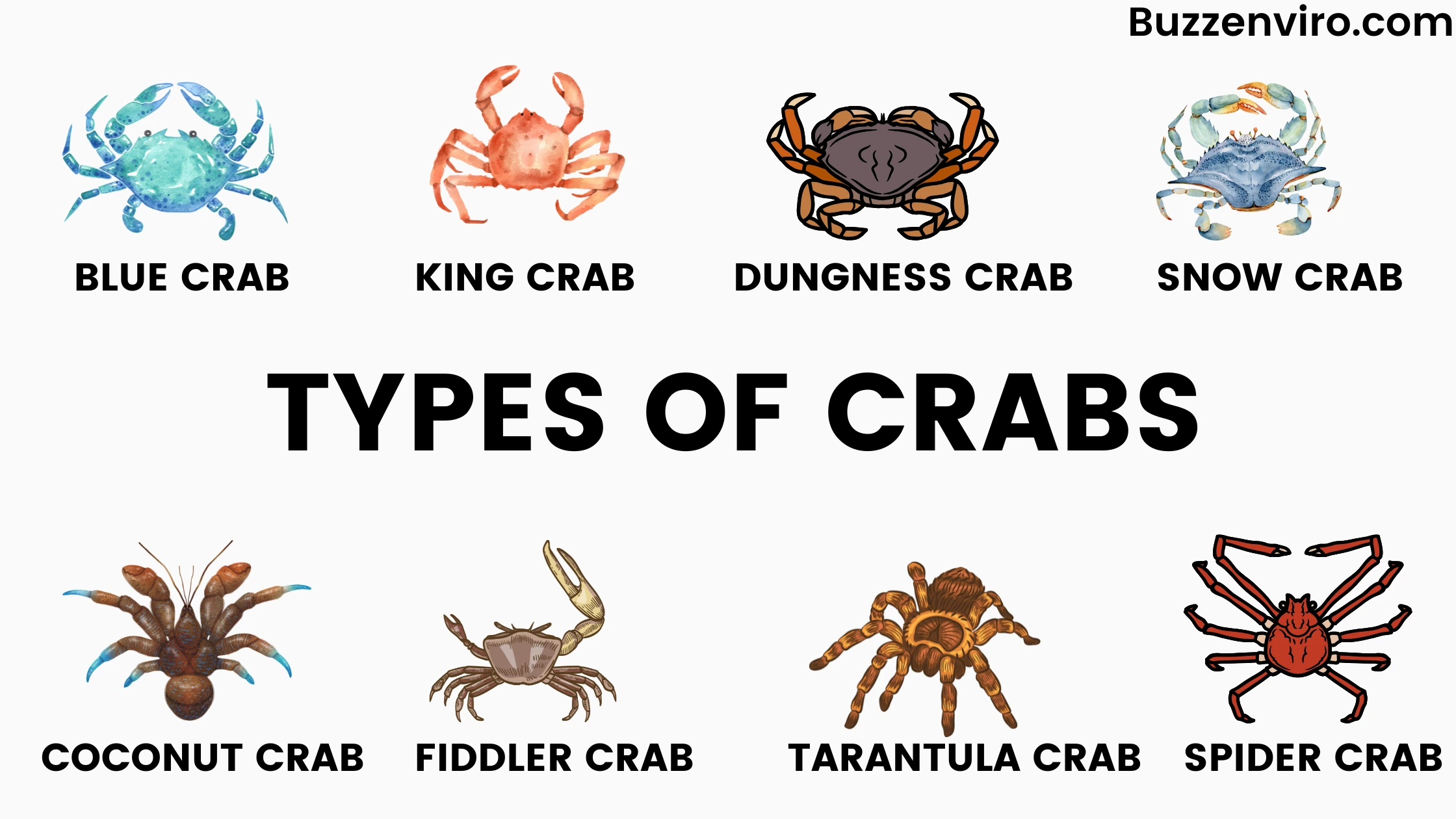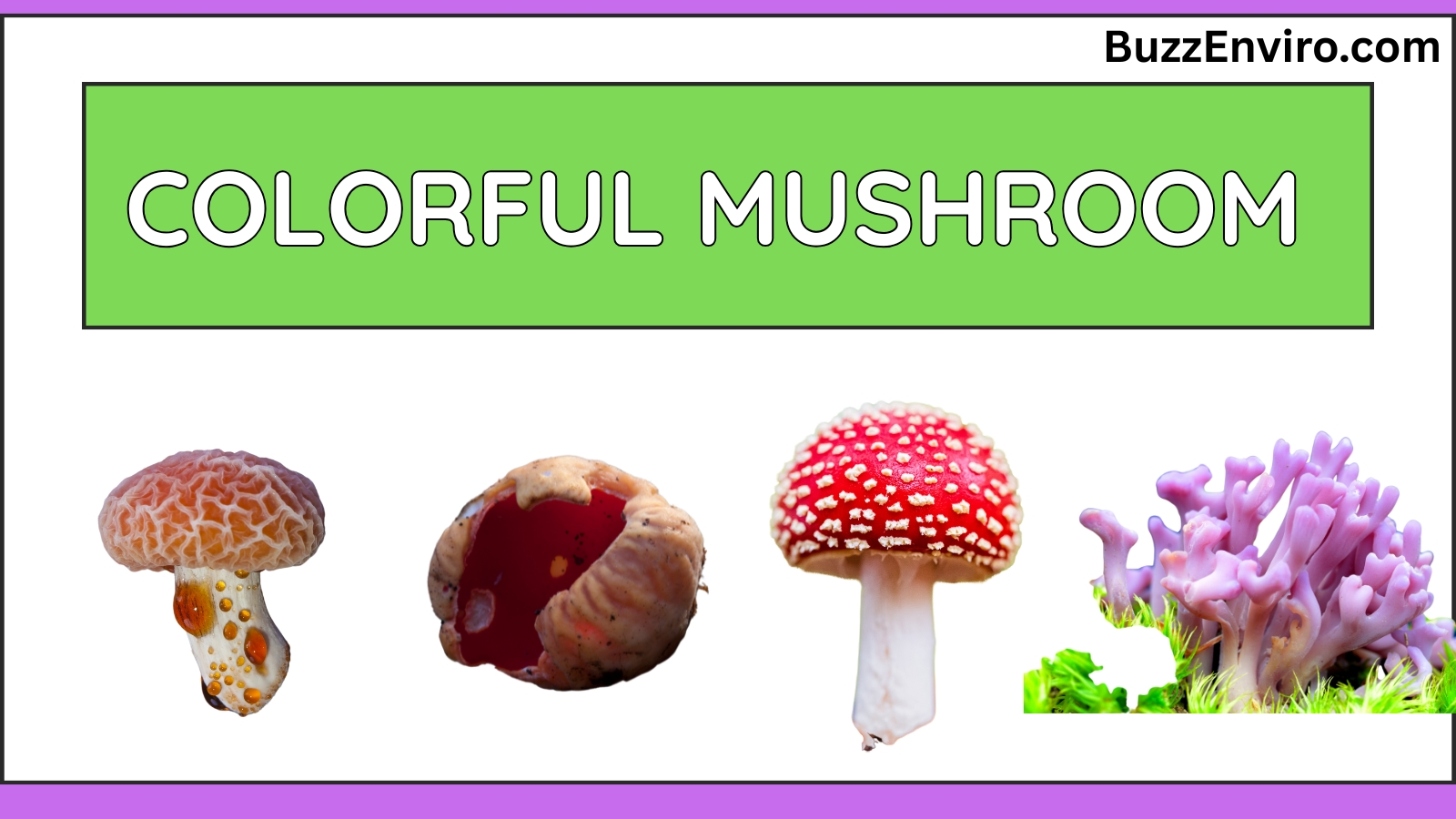When winter arrives, it brings with it a variety of stunning and sometimes unusual phenomena, one of which is ice spikes. You may have seen them forming on frozen ponds or in your own backyard, but what exactly are ice spikes, and how do they form? Let’s dive into this cool natural occurrence and uncover the science behind these frosty wonders.
What Are Ice Spikes?
Ice spikes are needle-like formations of ice that develop on frozen surfaces, particularly in areas where water freezes slowly. These spikes grow upward or outward from the ice sheet and can sometimes look like mini icicles or small crystalline towers. While they are mostly seen in natural environments, some people also create ice spikes intentionally in controlled settings for decorative or scientific purposes.
The spikes can vary in size—from a few millimeters to several inches long—and often form in clusters. They are most commonly found in cold climates where the temperature drops below freezing for extended periods.
How Do Ice Spikes Form?
The formation of ice spikes is influenced by a combination of environmental factors, including temperature, humidity, and the unique properties of water. Here’s how the process works:
- Slow Freezing:
Ice spikes form on surfaces where water is freezing slowly, allowing the water molecules to align in a crystalline structure. The slower the freezing process, the more likely ice spikes are to form. This is why ice on ponds or lakes often creates spikes, as the freezing process happens gradually.
- Uneven Freezing:
Sometimes, pockets of liquid water remain trapped underneath the surface ice while the outer layers freeze. As these pockets continue to cool and freeze, the pressure causes the formation of small protrusions. These protrusions grow into spikes as the ice continues to expand.
- Surface Tension and Crystallization:
The formation of spikes is also linked to the way water molecules bond and crystallize. When ice forms in irregular patterns, the different rates of freezing at various points on the surface lead to the growth of sharp, needle-like structures. This process is similar to the way crystals grow in other substances, like salt.
- Humidity and Airflow:
The surrounding air’s humidity and wind can also play a role in shaping the ice spikes. Higher humidity levels may contribute to the growth of longer and sharper spikes, while changes in air pressure or wind speed can influence how the spikes develop.
Where Can You Find Ice Spikes?

Ice spikes are often found in places where water freezes naturally, such as:
- Frozen Ponds and Lakes:
The calm water of ponds and lakes, particularly in cold climates, is ideal for the slow freezing process that leads to ice spike formation.
- Ice Caves:
The conditions inside ice caves or glaciers can also give rise to ice spikes, where the air temperature and humidity levels are just right for these formations.
- Backyards and Gardens:
During cold winters, you might even see ice spikes form on garden fountains, birdbaths, or other small water features in your backyard.
In colder regions, people sometimes create ice spikes in their own freezers or refrigerators by placing small containers of water under specific temperature conditions.
Are Ice Spikes Dangerous?
While ice spikes are fascinating and beautiful to look at, they can pose some risks in certain environments. For example, if they form on roofs, fences, or other outdoor structures, they could fall and cause injury. Additionally, ice spikes can create a dangerous slippery surface, so it’s essential to stay cautious when walking near them.
Can You Make Ice Spikes at Home?
Yes! If you’re curious to create your own ice spikes, it’s possible to replicate the natural process in a controlled environment. Here’s how you can try making ice spikes at home:
What You’ll Need:
- A shallow container (like a glass dish or a metal pan)
- Water (preferably distilled to prevent impurities)
- A freezer with consistent temperatures (around 20°F or -6°C)
- A flat, stable surface for the container
Instructions:
- Fill the container with water:
Pour distilled water into your chosen container, leaving some space at the top for expansion as the water freezes.
- Place the container in the freezer:
Put the container in the freezer on a level surface, making sure that the temperature is as stable as possible.
- Wait for the water to freeze:
The water will freeze from the edges toward the center. After about 24 hours, you should begin to see ice spikes starting to form as the water slowly freezes and crystallizes.
- Observe the process:
Over the next few hours, the spikes will grow taller. You can experiment with different temperatures and container shapes to see how they affect the size and shape of the spikes.
Fascinating Facts About Ice Spikes
- Ice Spikes in Nature:
In some parts of the world, ice spikes can form in the wild without any human intervention, especially in colder climates where lakes and rivers freeze over.
- Unique Ice Structures:
While ice spikes are most commonly seen as small, needle-like formations, they can sometimes develop into more complex shapes depending on the conditions in which they form.
- Symbolism in Art:
In some cultures, ice spikes are seen as symbols of winter’s beauty and harshness, representing both the fragility and strength of nature.
Conclusion
Ice spikes are a fascinating and beautiful display of nature’s ability to create unique, crystalline structures in the coldest of environments. Whether you encounter them in the wild or try making them yourself, these natural ice formations offer a glimpse into the delicate balance of temperature, humidity, and pressure that shapes our world. So, the next time you see an ice spike, take a moment to appreciate the scientific wonder behind it!





